
Bicycle Tire Replacement: A Complete Step-by-Step Guide
Replacing a bicycle tire can be tricky, especially if it’s your first time. You might have a brand-new tire ready to mount on your wheel, yet no matter how hard you try, it just won’t fit. This is a common challenge for cyclists of all levels.
In this comprehensive step-by-step guide, we’ll walk you through the proper techniques for bicycle tire replacement, share essential tips, and highlight the tools you’ll need to make the process quick, safe, and hassle-free. Whether you’re a beginner or an experienced rider, this guide will help you get your bike rolling smoothly in no time with proper bicycle tire replacement practices.
Signs Your Bicycle Tires Need Replacement
The tread on your tire is your grip on the road. When it starts to flatten or wear unevenly, your bike loses traction, especially on wet or rough surfaces. Smooth patches or noticeable wear patterns mean it’s time to consider bicycle tire replacement.
Cracked or Bulging Sidewalls
Check the sides of your tires regularly. Cracks, bubbles, or bulges in the sidewalls indicate structural weakness. Riding on compromised sidewalls can lead to sudden tire failure, signaling the need for bicycle tire replacement.
Frequent Flats and Punctures
If you find yourself fixing punctures more often than usual, the rubber on your tires may be thinning. Frequent flats are a clear sign that bicycle tire replacement is needed soon.
Cuts, Nicks, and Visible Threads
Even small cuts or nicks can weaken a tire. Deep gashes or exposed threads in the casing are more serious, making the tire unsafe for continued use. Addressing these issues ensures safe bicycle tire replacement when necessary.
Flattened or “Squared-Off” Shape
A tire that looks “squared off” rather than rounded affects handling, cornering, and comfort. This is another sign it’s time for bicycle tire replacement.
Loss of Grip
If your tires feel slippery or fail to hold corners properly, the rubber may have hardened or worn down. Reduced grip is a subtle but important sign for bicycle tire replacement.
Tools You’ll Need for Bicycle Tire Replacement
Having the right tools is key to making bicycle tire replacement quick, safe, and stress-free. Whether you’re fixing a flat or swapping out worn tires, these essentials will ensure the job goes smoothly.
Essential Tools:
-
Tire levers: A must-have for safely removing your old tire without damaging the rim.
-
Replacement tire and/or inner tube: Always make sure your new tire matches your bike’s size and type.
-
Floor pump: While a hand pump is handy for roadside repairs, a floor pump makes home tire changes much faster and easier, ensuring your tire is properly inflated.
Additional Tools (Depending on Your Bike):
-
Allen key or multi-tool: Many modern bikes use thru-axles that require an Allen key or a small included tool to remove the wheel
Step-by-Step Guide to Bicycle Tire Replacement
Changing a bicycle tire may seem intimidating, but with the right steps and tools, bicycle tire replacement is straightforward. This guide walks you through removing the old tire and fitting a new one safely.
1. Deflate the Tire Completely
Remove the wheel from your bike and release air from the inner tube (Presta or Schrader valves). Fully deflating the tire is essential before bicycle tire replacement, preventing damage to the tube or rim.
-
Presta valves: Loosen the small barrel at the top of the valve, then press it down to release air. Remove the valve collar from the rim.
-
Schrader valves (common on kids’ bikes and mountain bikes): Press the pin in the center of the valve to let the air out.
Fully deflating the tire is essential before attempting to remove it, preventing damage to the tube or rim.
2. Unseat the Tire
Push the edges of the tire inward toward the rim center to create slack. Doing this on both sides makes bicycle tire replacement easier.
3. Remove the Tire by Hand
Lift and shake the tire to gather slack, then rotate it over the rim. Using your thumbs to remove the tire prevents puncturing the inner tube during bicycle tire replacement.
-
Keep the slack in one spot to make it easier to remove the last section.
-
Using your thumbs to push the tire off prevents pinching the inner tube, which can cause punctures.
4. Use Tire Levers for Tight Tires
If the tire is too tight to remove by hand, you’ll need tire levers:
-
Insert the first lever under the tire bead and hook it over a spoke to hold it in place.
-
Insert a second lever a few inches away and pry the tire off the rim.
-
For very tight tires, you may need to use both levers simultaneously, moving carefully to avoid snapping them or pinching the tube.
5. Inspect the Tire and Rim
Before fitting a new tire, check for cuts, punctures, embedded thorns, or rim damage. Regular inspection helps make bicycle tire replacement safe and effective.
Fitting a New Tire and Tube
Once the old tire is removed, follow these steps to install a new tire and inner tube safely.
1. Check Your Inner Tube Size
Make sure the tube matches the diameter and width of your new tire. The valve should be long enough to fit your rim. Using an incorrectly sized tube can lead to poor performance or a blowout.
2. Mount One Side of the Tire
Place one edge of the tire onto the rim. Align logos or branding with the valve hole to make it easier to locate the valve later and to maintain consistent positioning between the tube and tire.
3. Fit the Inner Tube
Inflate the inner tube slightly so it holds shape without being fully inflated. Insert the valve through the rim and push the tube evenly inside the tire. Avoid over-inflating at this stage to prevent pinching.
4. Fit the Second Side of the Tire
Using your thumbs, start pushing the second edge of the tire onto the rim. Work around the rim gradually, creating slack as needed. Some tires can be fitted entirely by hand, but tighter tires may require a tire lever.
5. Use Tire Levers for Tight Sections
If needed, carefully use tire levers to fit the last portion of the tire. Make sure the inner tube stays fully inside the tire and never gets pinched between the tire and rim.
6. Inflate the Tire Carefully
Slowly inflate the tire while checking for:
-
Bulges or uneven sections
-
Pinched inner tube
-
Proper seating of the tire on the rim
Once fully inflated, secure the valve (Presta or Schrader) and spin the wheel to ensure smooth, symmetrical rotation with no wobbles.
Maintenance Tips to Extend Tire Life
Proper maintenance is key to getting the most out of your bike tires. By following a few simple steps, you can extend the life of your bicycle tires, improve performance, and reduce the risk of flats.
1. Regular Cleaning and Inspection
Keep your tires clean by wiping off dirt, mud, and debris after each ride. This prevents wear caused by abrasive particles. While cleaning, inspect the tires carefully for:
-
Cracks or splits in the rubber
-
Embedded thorns, glass, or sharp objects
-
Signs of uneven wear
Regular inspections allow you to catch potential problems early, saving your inner tubes and avoiding sudden flats.
2. Maintain Proper Tire Inflation
Correct tire pressure is crucial for both bike performance and tire longevity. Check the recommended PSI printed on your tire sidewall and use a reliable pump to maintain it.
-
Under-inflated tires wear out faster and are more prone to punctures.
-
Over-inflated tires can reduce traction and increase the risk of blowouts.
Check your tire pressure at least once a week or before long rides to ensure optimal performance.
3. Avoid Harsh Terrain When Possible
Riding on rough surfaces, sharp rocks, or debris-strewn paths can significantly reduce tire life. Whenever possible:
-
Stick to smoother roads or trails
-
Avoid curbs, potholes, and broken glass
-
Reduce aggressive braking on rough terrain
Planning Your E-Bike Purchase? Explore These iScooter Options
|
Image |
 |
 |
 |
 |
 |
|
Model |
|||||
|
Price |
£338.99 |
£539.99 |
£488.99 |
£569.99 |
£525.99 |
|
Motor |
Peak 500W |
Peak 500W |
Peak 500W |
Peak 500W |
Peak 500W |
|
Max Range |
40 Miles |
65 Miles |
55 Miles |
55 Miles |
60 Miles |
|
Max Speed |
15.5 MPH Default, Unlock to 20 MPH |
15.5 MPH Default, Unlock to 20 MPH |
15.5 MPH Default, Unlock to 20 MPH |
15.5 MPH Default, Unlock to 20 MPH |
15.5 MPH Default, Unlock to 22 MPH |
|
Default Speed |
6.2/9.3/15.5 MPH |
3.7/6.2/9.3/15.5 MPH |
6.2/9.3/15.5 MPH |
3.7/6.2/9.3/12.4/15.5 MPH |
3.7/6.2/9.3/12.4/15.5 MPH |
|
Unlock Speed |
9.3/15.5/20 MPH |
6.2/9.3/15.5/20 MPH |
9.3/15.5/20 MPH |
6.2/9.3/12.4/15.5/20 MPH |
6.2/9.3/12.4/15.5/22 MPH |
|
Battey |
36V 7.8Ah (280.8Wh) |
36V 13Ah (468Wh) |
36V 10.4Ah(374.4Wh) |
36V, 10.4Ah (374.4Wh) |
36V, 10.5Ah (378 Wh) |
|
Sensor |
Cadence sensor |
Cadence sensor |
Cadence sensor |
Cadence sensor |
Cadence sensor |
|
Pedal Assist |
4-Level Speed Assist |
5-Level Speed Assist |
4-Level Speed Assist |
7-Level Speed Assist |
7-Level Speed Assist |
|
Suspension |
Rear Suspension |
Adjustable Front Spring Suspension Fork+Seat Suspension |
Adjustable Front Suspension Spring Fork |
Adjustable Front Spring Suspension Fork |
Advanced Front Suspension Fork |
|
Brake |
Front and rear disc brakes |
Front and rear disc brakes |
Front and rear disc brakes |
Front and rear disc brakes |
Mechanical brakes |
|
Tire |
14*1.95" Pneumatic Tires |
26*1.95" Chaoyang Pneumatic Tires |
16*2.15" Pneumatic Tires |
26" × 1.95" Pneumatic |
26" × 1.95" Pneumatic |
|
Saddle |
Urban comfort ergonomic seat |
Urban comfort ergonomic seat |
Urban comfort ergonomic seat |
Urban comfort ergonomic seat |
Breathable ergonomic sport cushion seat |
|
Headlight |
High output integrated LED, adjustable angle |
High output integrated LED, adjustable angle |
High output integrated LED, adjustable angle |
High output integrated LED, adjustable angle |
High output integrated LED, adjustable angle |
|
Tail Light |
Wiring LED light |
Wiring LED light |
button battery |
button battery |
Rear LED |
|
Rear Rack |
None |
Supported |
Supported |
Supported |
Suppoted |
|
Fenders |
Front and rear full coverage |
Front and rear full coverage |
Front and rear full coverage |
Front and rear full coverage |
Front and rear full coverage |
|
Charger |
42V 1.5Ah |
42V 2Ah |
42V 2Ah |
42V 2Ah |
42V 2Ah |
|
Frame |
Alloy steel folding frame |
Iron frame |
Alloy steel folding frame |
Iron Frame |
Alloy steel frame |
|
Water Resistance |
IP65 |
IP65 |
IP65 |
IP65 |
IP65 |
|
Load Capacity |
264 lbs (120 kg) |
264 lbs (120 kg) |
264 lbs (120 kg) |
264 lbs (120 kg) |
330 lbs (150 kg) |
|
Seat Height |
Adjustable |
Adjustable |
Adjustable |
Adjustable |
Adjustable |
|
Rider Height |
4'9" ~ 6'1" (150cm ~ 185cm) |
5'3" ~ 6'3" (160cm ~ 192cm) |
5'3" ~ 6'3" (160cm ~ 192cm) |
5'3" ~ 6'4" (150cm ~ 192cm) |
5'3" ~ 6'5" (160cm ~ 195cm) |
|
Bike Weight |
51.4 lbs (23.2 kg) |
59.5lb (27kg) |
58.42 lbs (26.5 kg) |
61.7 lbs (28 kg) |
45.1 lbs (20.5kg) |
Conclusion
Regular bicycle tire replacement is key to safe and smooth rides. By following proper techniques and maintaining your tires with correct inflation and regular inspections, you can prevent flats and extend tire life. With the right tools and care, changing a bicycle tire is simple and ensures reliable performance every time.
FAQs
How long does it take to replace a bicycle tire?
Replacing a bicycle tire usually takes 15–30 minutes, depending on your experience and whether the tire is tight or easy to remove.
Can you replace a bike tire yourself?
Yes! You can replace a bike tire yourself with basic tools like tire levers, a pump, and an inner tube, following a simple step-by-step process.
How much is a bike tire replacement?
Replacing a bike tire at a shop generally costs between £7.50 and £26, depending on the service provider and whether it's a standard or tubeless tire.
What is the average lifespan of a bike tire?
The average lifespan of a bicycle tire ranges from 1,500 to 5,000 km, influenced by factors like tire type, riding conditions, and maintenance practices.
iScooter E Scooter Collections:
Electric Scooter | Kids Electric Scooter | Electric Scooter for Adults | Electric Scooter with Seat | Off-Road Electric Scooter | Foldable Electric Scooter | Girls Electric Scooter | 1000W Electric Scooter | 2000W Electric Scooter | Boys Electric Scooter | Dual Motor Electric Scooter | Big Electric Scooter | Electric Scooter with Suspension | Lightweight Electric Scooter | Commuter E-Scooters | 3 Wheel Electric Scooter
iScooter E Bike Collections:
Foldable Electric Bike | Affordable Cheap Electric Bike | Electric Bike for Adults | Electric Motor Bikes | Trek Electric Bike | Fastest Electric Bike | Electric Road Bike | Full Suspension Electric Mountain Bike | Giant Electric Bike | Womens Ladies Electric Bike | Mens Electric Bike | Electric Bike with Throttle | Electric Gravel Bike | Electric Mountain Bike UK | Fat Tyre Electric Bike | Electric Hybrid Bike | Electric Motorised Bike | Electric Push Bike | 1000W Electric Bike | Cool Electric Bikes | Electric Off Road Bike | Pedal Assist Electric Bike | Good Electric Bikes | Small Electric Bike | Trek Electric Mountain Bike | 2000W Electric Bike | Full Suspension Electric Bike | Mini Electric Bike | Road Legal Electric Bike | Step Through Electric Bike
👍 Buying Guide | 🚴♂️ Riding Guide
📋 Feature Guide | ❓ Common problem
Product category
Electric Scooter
Cheap Electric Scooters for Adults | Fastest Electric Scooter | Kids Electric Scooter | Mini Electric Scooter































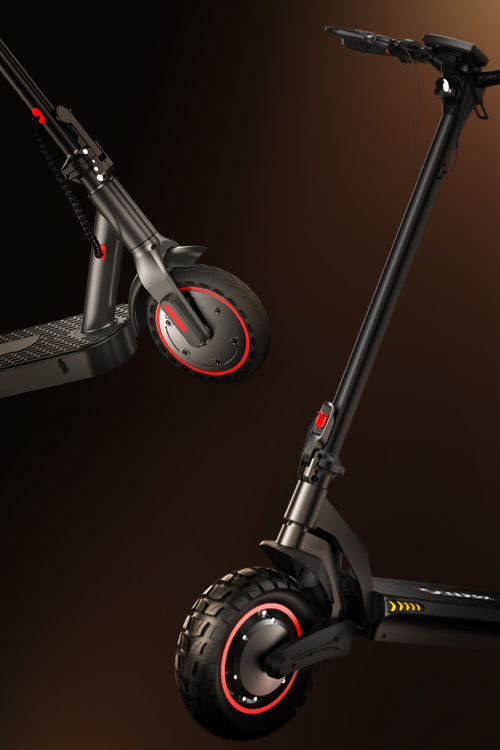
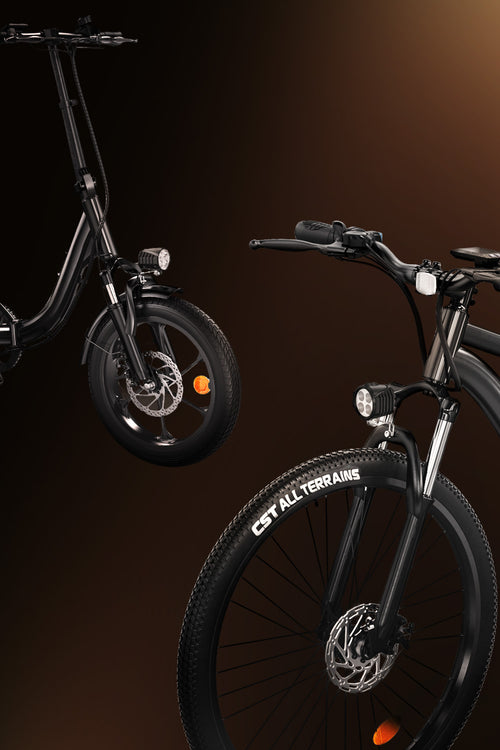
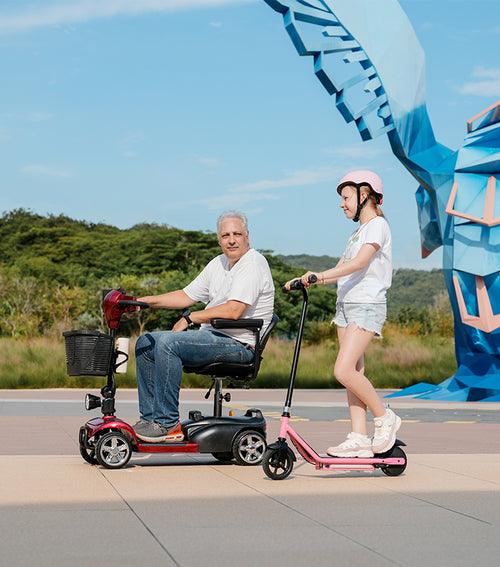








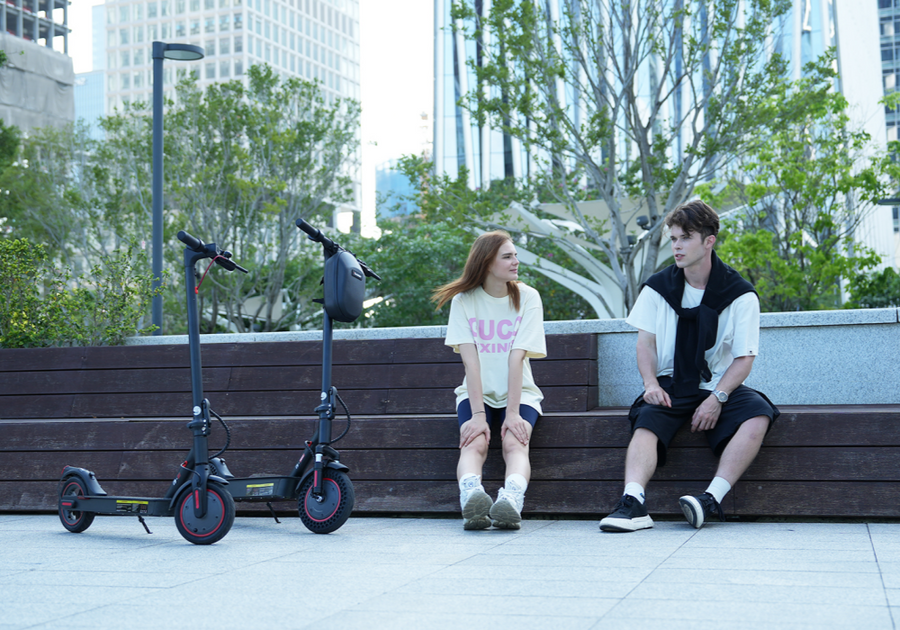
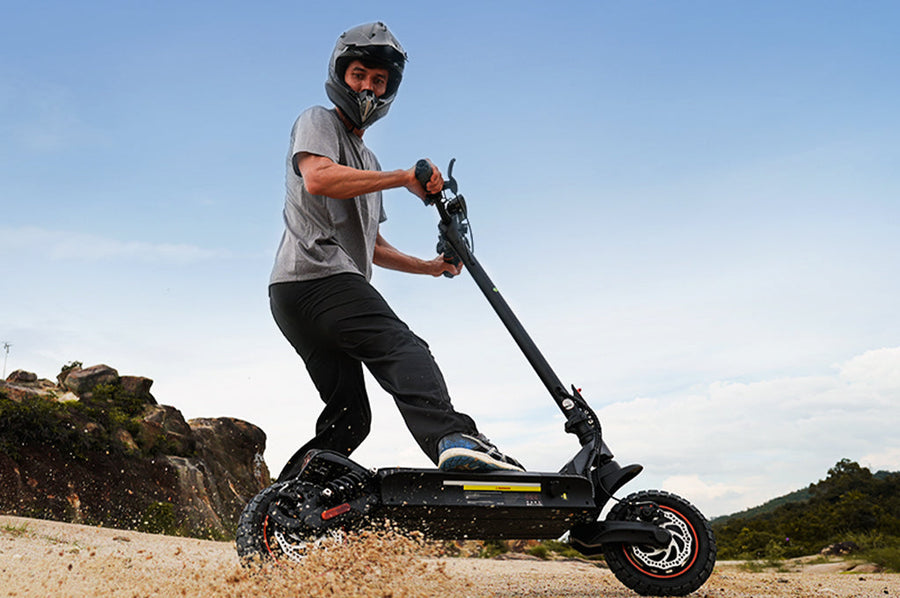



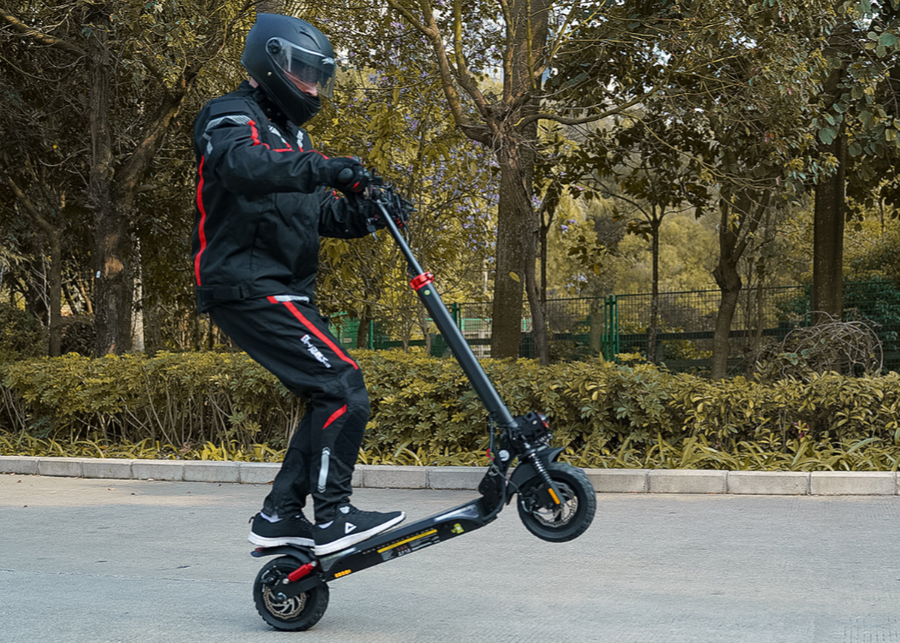

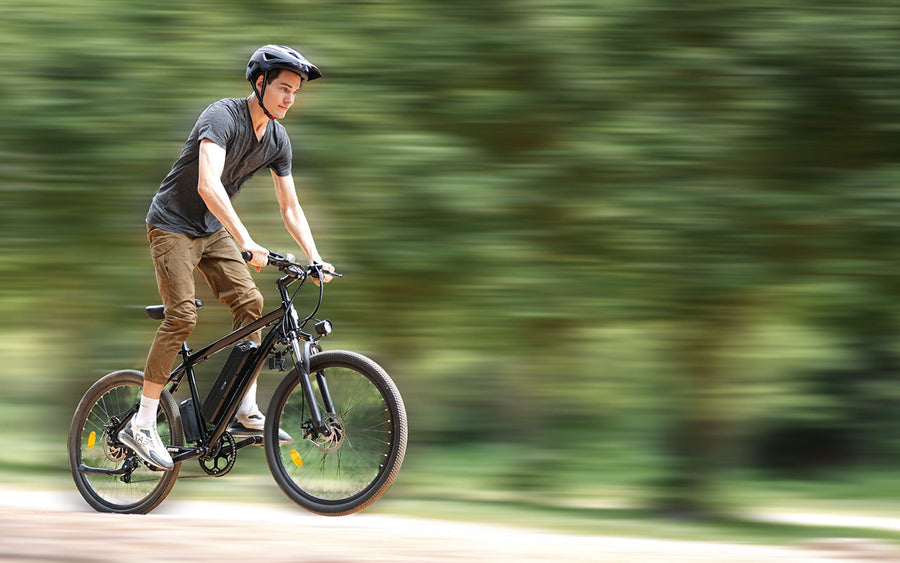
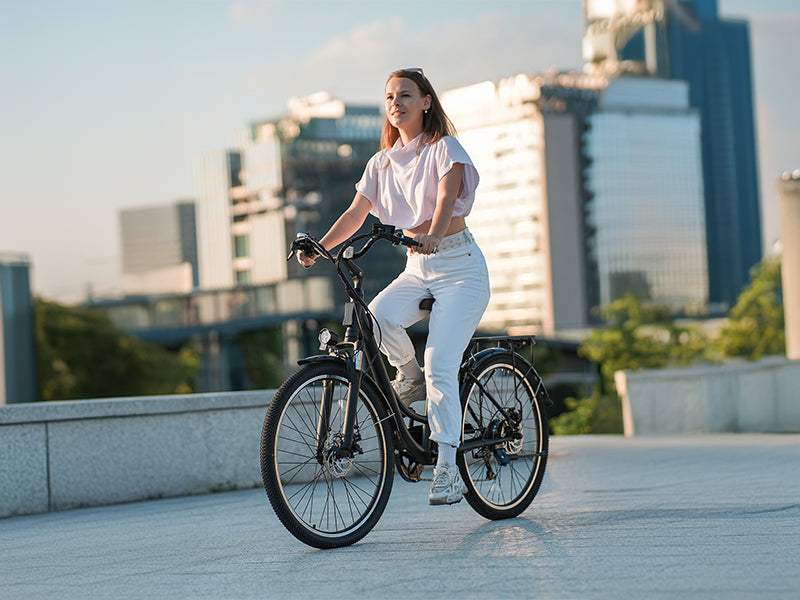
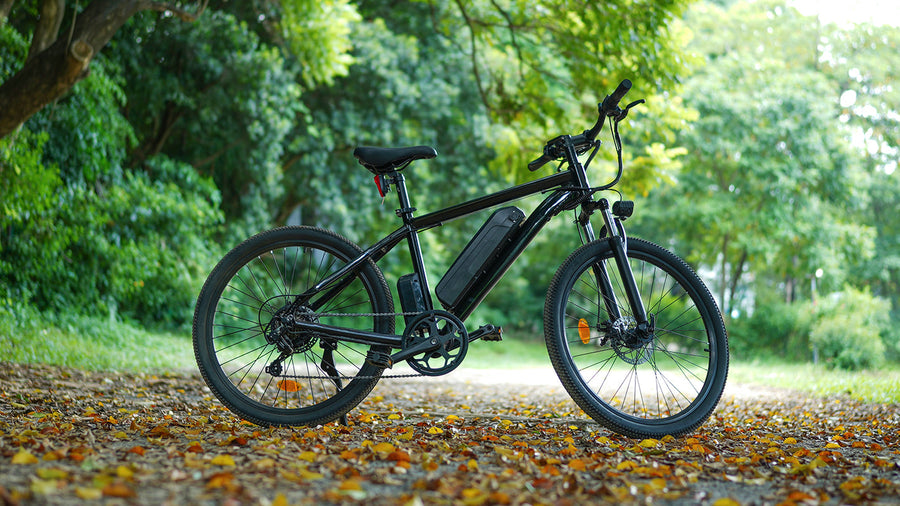
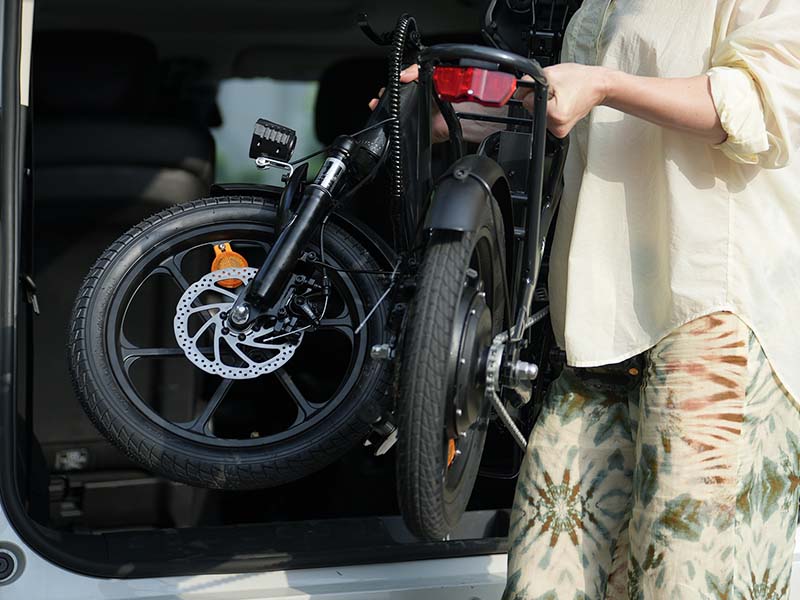
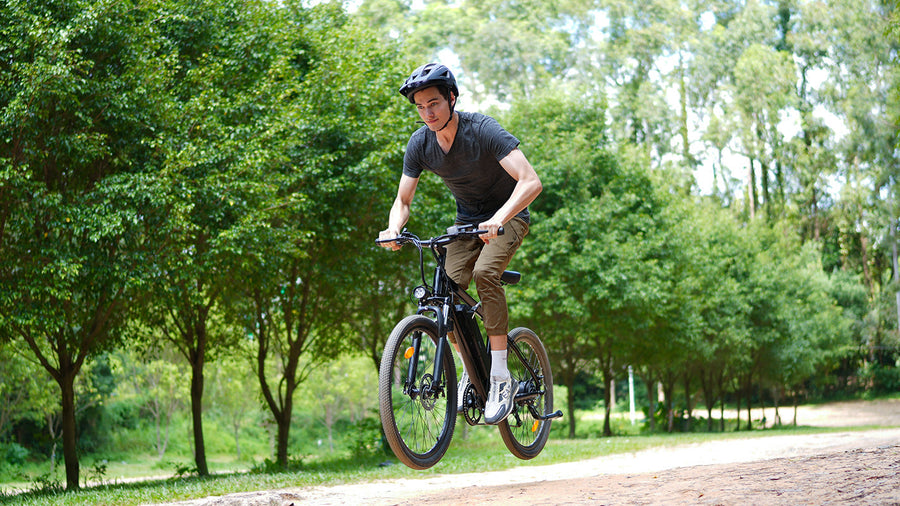









Article tags :
Leave us a message